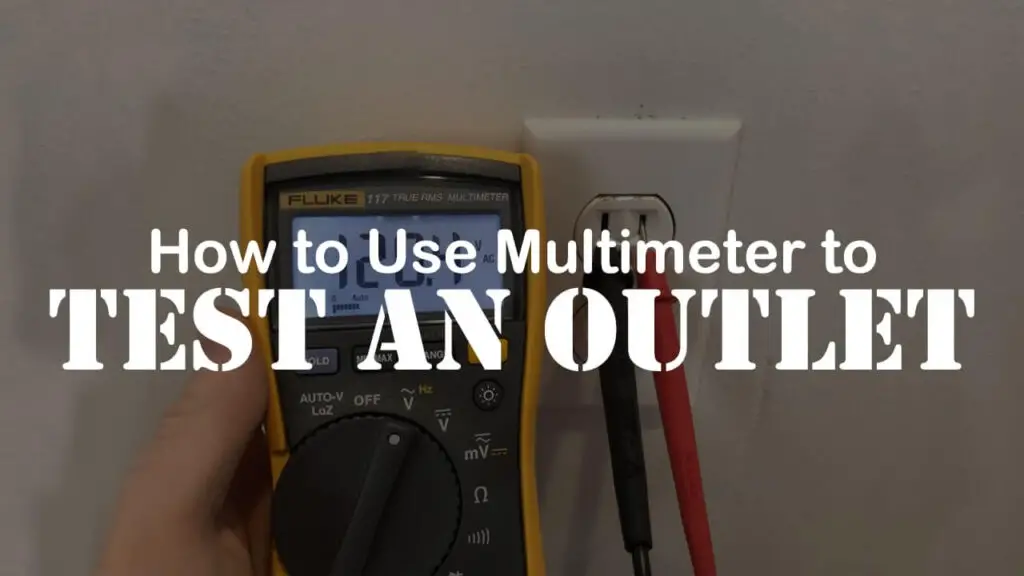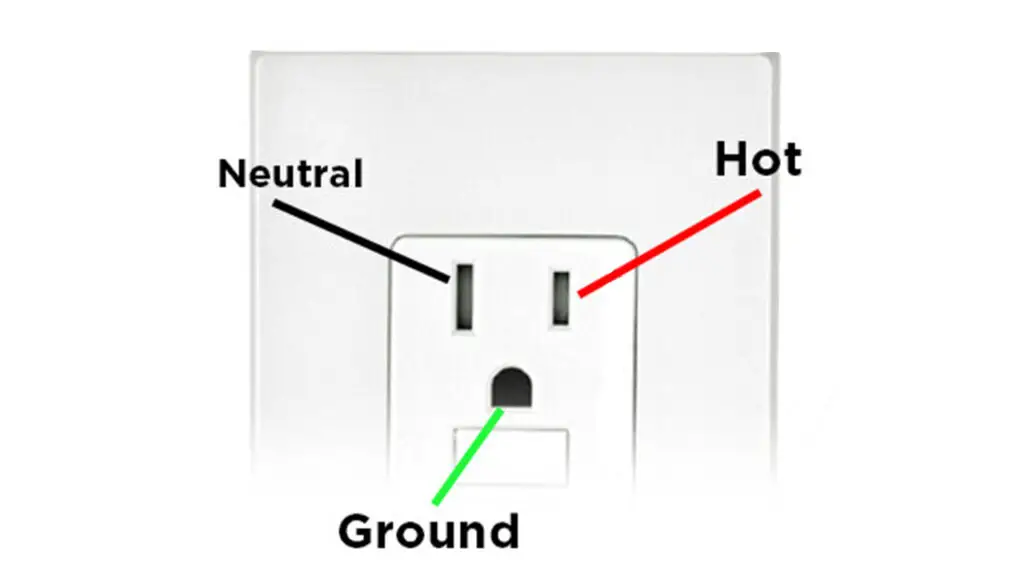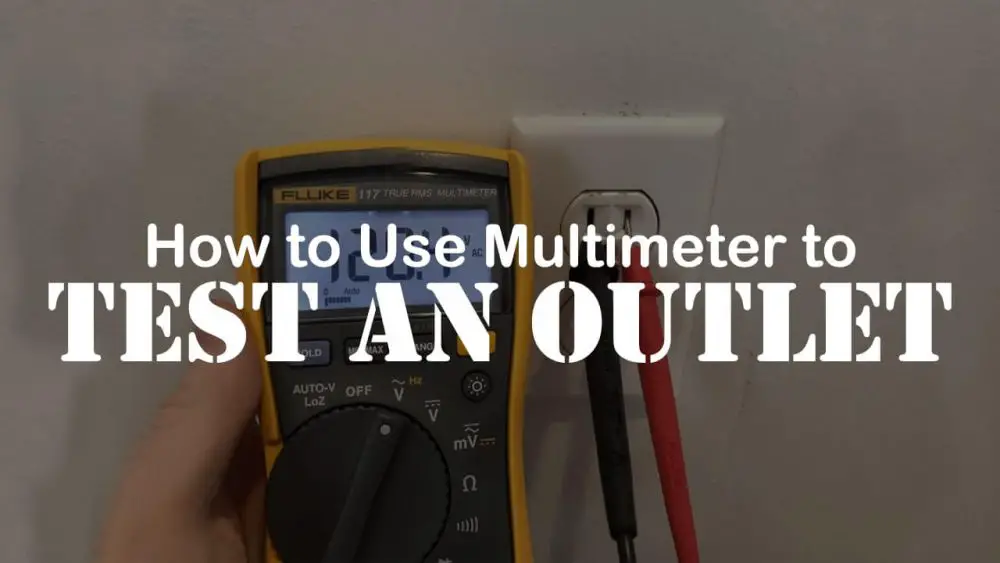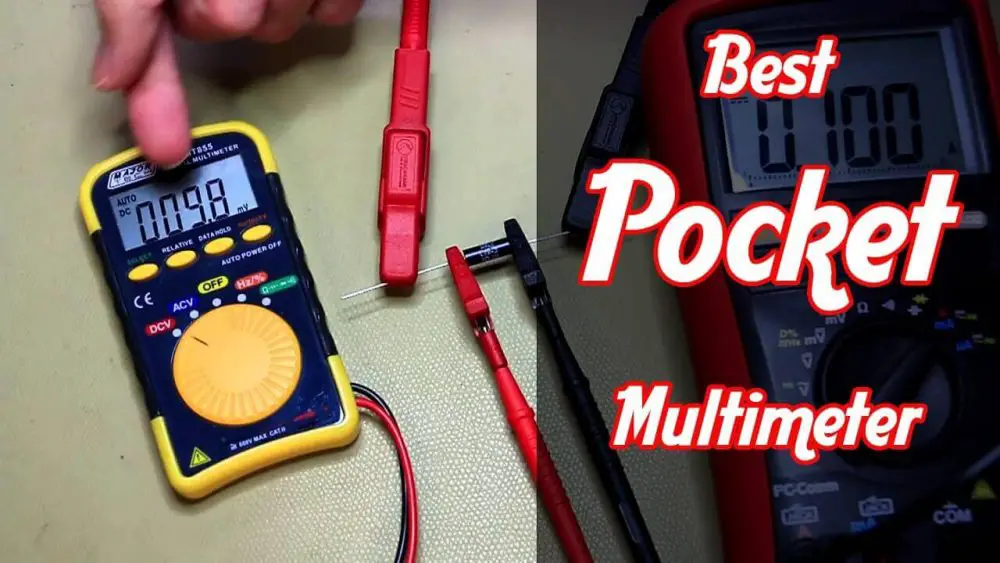How to Use a Multimeter to Test an Outlet?
Whenever anyone experiences issues with an electric supply outlet, there are few tests to consider. For this purpose, we are using Fluke 117 Electrician True RMS multimeter. Otherwise, anyone can use a standard multimeter tool to test an electric circuit or electric components.
This article will describe how to test voltage in an outlet and learn what voltage should be in between the hot, neutral and ground wires.

Fundamentals of current flow
Now before starting, quickly review some fundamentals. The flow of electrons through the wires is somewhat similar to the flow of water inside a pipe. A voltage or a potential difference is the pressure from the power source that pushes the electrons through the wires.
Current or amperage is the flow of electrons within a circuit. When testing the voltage, we try to test the potential of electrons to flow when the electrical path is complete.
- The small plug is the hot wire is providing the power.
- The larger wire is the neutral wire which returns to the power source.
- The rounded plug is the ground wire if, at any point, if the hot wire is touching the metal casing, the ground wire provides a safe return path back to the source.
Table of Contents
How to test the fixed outlet with a multimeter
As we know, there are three wires in an A/C circuit. First, with the help of a multi-meter, we will see the outlet has power. Turn on the multimeter set up the dial settings to the voltage check. The two leads of the multimeters insert into the inlet of the socket.
First, set the multi-meter to the A/C voltage settings.
Precautions, be careful;
Always hold the multimeter with the insulated lead handles.
Always start with the neutral wire first before connecting to the hot wire. Then, if you connect to the hot wire first, the other multi-meter probe now becomes energised. This will increase the risk of a shock.
- Testing from neutral outlet to hotwire outlet will show approximately 110-120 volts on multi-meter screen.
- Testing from ground to hot will also show around 120 volts. This will verify if the ground wire has a complete path back to the breaker panel.
- When testing from neutral to ground, there should be no significant reading. If you will notice a 120 volts reading then the receptacle wire might not be wired correctly. OR there should be a short in the circuit.
How to check for a properly grounded outlet
A properly grounded outlet means the registered ground voltage of the outlet is properly grounded. The one lead of the multi-meter to detect is inserted into the small outlet slot and the other lead is placed on the receptacle’s centre screw. If the light does not turn on, the outlet is not properly grounded and further, we should conduct another test known as the polarity test.
How to test the open outlet
A/C powers are dangerous before performing any test, turn off the power circuit. Then disconnect the socket of the outlet from the wiring. Make sure all the wiring are separate and silicon covered. Set the multimeter to ohms settings to check voltage and put a probe into one of the outlet slots and the other probe on the nearest, any terminal screw. The meter reading should indicate continuity. Test the remaining wire slots together with the terminal screw. Then test the ground slot wire to the grounding terminal. This is how we test an open outlet.
How to conduct a polarity test
Turn the multimeter settings to Ohms to detect voltage. Insert one probe of the multimeter into the large slot and the other probe of the meter against the screw. The digital multimeter will give a reading between 110-120 volts. Make sure the screw which is fixed to the outlet socket should be clean with no debris or wall paint on it. We can also use a voltage detector. If the voltage detector lightens up, the hot and neutral wires are reversed. If the light isn’t lit with the probe placed in either slot, then the wiring is incorrect. A further test is required to check the wiring. If the voltage tester lit, that means the current flow is normal.
Frequently Asked Questions
We will use a voltage tester to check the voltage or a screw tester it has a bulb that can easily detect the current when it lightens up.
Intermittent working means it is plugging sometimes or unplugging other times by wiggling the outlet. This is because of loose wires.
The main reason is tripped circuit breaker or GFI outlets in your residence. You better check the main circuit breakers first.
The reason may be a loose connection or a tripped wall outlet of the circuit.
Conclusion
The voltage is used in the simple household outlet sockets in daily use. And to know the circuit breaker malfunction and the not-working outlets. We explain in detail what a socket looks like.
The description of the outlet in detail to understand the three in-let in the outlet socket and the detailed function of the outlet voltage—one is neutral, the other is ground and one is hot. We have discussed the fundamentals of a current flow in a circuit, to understand the voltage check in an outlet by using a Fluke117 True RMS digital multimeter you may use a standard multimeter, and a voltage tester. We test the voltage in a fixed outlet.
In addition to this, we checked the voltage in an open outlet. Meanwhile, we have learned to test the properly ground outlet. At the same time, we learned how to conduct the polarity in an outlet. Frequently asked questions will help a common person to understand the problems of circuits used in daily life.
Related Posts:
How to test capacitor with the multimeter in circuit



![10 Best multimeter for the money – Top Picks & Reviews [2022] best multimeter for the money](https://multimetertools.com/wp-content/uploads/2021/03/best-multimeter-for-the-money-1-1-1-1-1-1.jpg)

